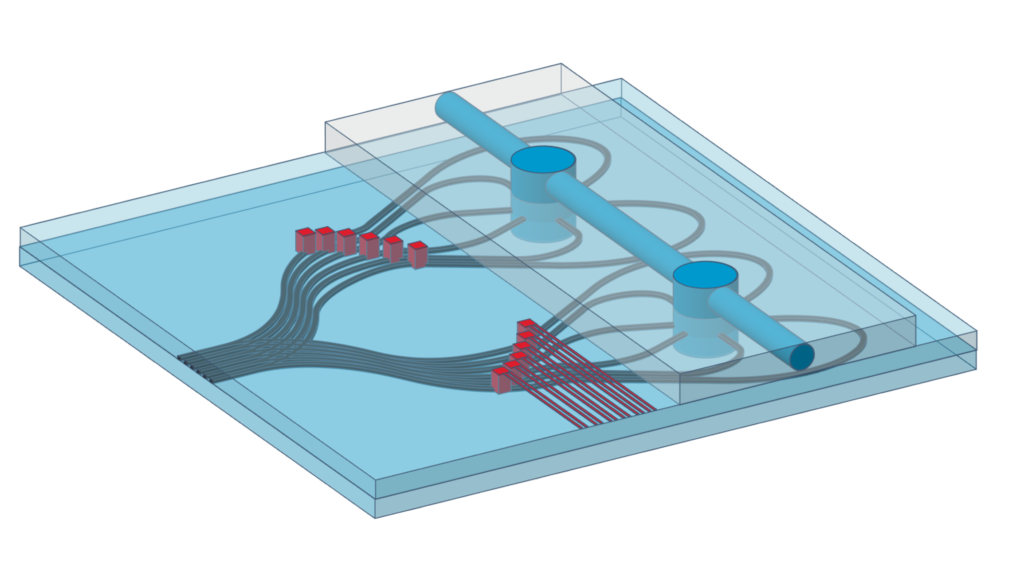Organ Vision
Organoids are 3D organ-like structures constructed in vitro from primary tissues, adult stem cells, embryonic stem cells or human induced pluripotent stem cells (hiPSCs) and exhibit key aspects of the in vivo function of the native organ. The mechanistic understanding of tissue maintenance, injury and repair derived from studying organoids holds an unfulfilled promise for the development of personalized medicine and new drug discovery. OrganVision’s multi-disciplinary technology solution will face this precise challenge and help accelerate organoid research toward better disease understanding, therapy design and knowledge discovery.
nanoRIP
nanoRIP is a novel technique for nanoscopy that will provide an isotropic resolution of 80 nm by exploiting the scattering of light between organelles inside the cellular structure. Through innovative instrumentation and computational algorithms, this information is used to estimate the 3D refractive index of the sample, setting a new paradigm in nanoscopy.
3d-nanoMorph
Label-free optical nanoscopy, free from photobleaching and photochemical toxicity of fluorescence labels and yielding 3D morphological resolution of <50 nm, is the future of live cell imaging. 3D-nanoMorph breaks the diffraction barrier and shifts the paradigm in label-free nanoscopy, providing isotropic 3D resolution of <50 nm. To achieve this, 3D-nanoMorph performs non-linear inverse scattering for the first time in nanoscopy and decodes scattering between sub-cellular structures (organelles).
VirtualStain
VirtualStain is an ambitious project that could have a far-reaching impact on the way we analyse and interpret tissue- and cell-images. This large, collaborative effort, involving four departments from three different faculties, is part of the UiT Tematiske satsninger, a funding program intended to encourage innovative interdepartmental and interdisciplinary projects.
NanoPath
We will create an optical imaging solution for pathology that can be fitted to existing optical microscopes, by exploiting novel chip-based illumination and a super-resolution software algorithm. The proposed solution will instantly convert low-resolution optical microscopy to high-resolution imaging solution (resolution up to 50 nm), while retaining high-throughput (imaging speed) and cost-levels that allows large-scale implementation of the proposed technique within the pathologists.
Nano-Chip
In the Nano-Chip project, we propose to enhance the penetration of our chip-based nanoscopy platform towards pathology and clinical application by addressing the key-pain points relevant for this market, i.e. a) high-throughput and b) development of multi-modality imaging platform. This is the foundation of our long-term vision: “widespread usage of affordable, multi-modality and high-throughput chip-based nanoscopes”.





